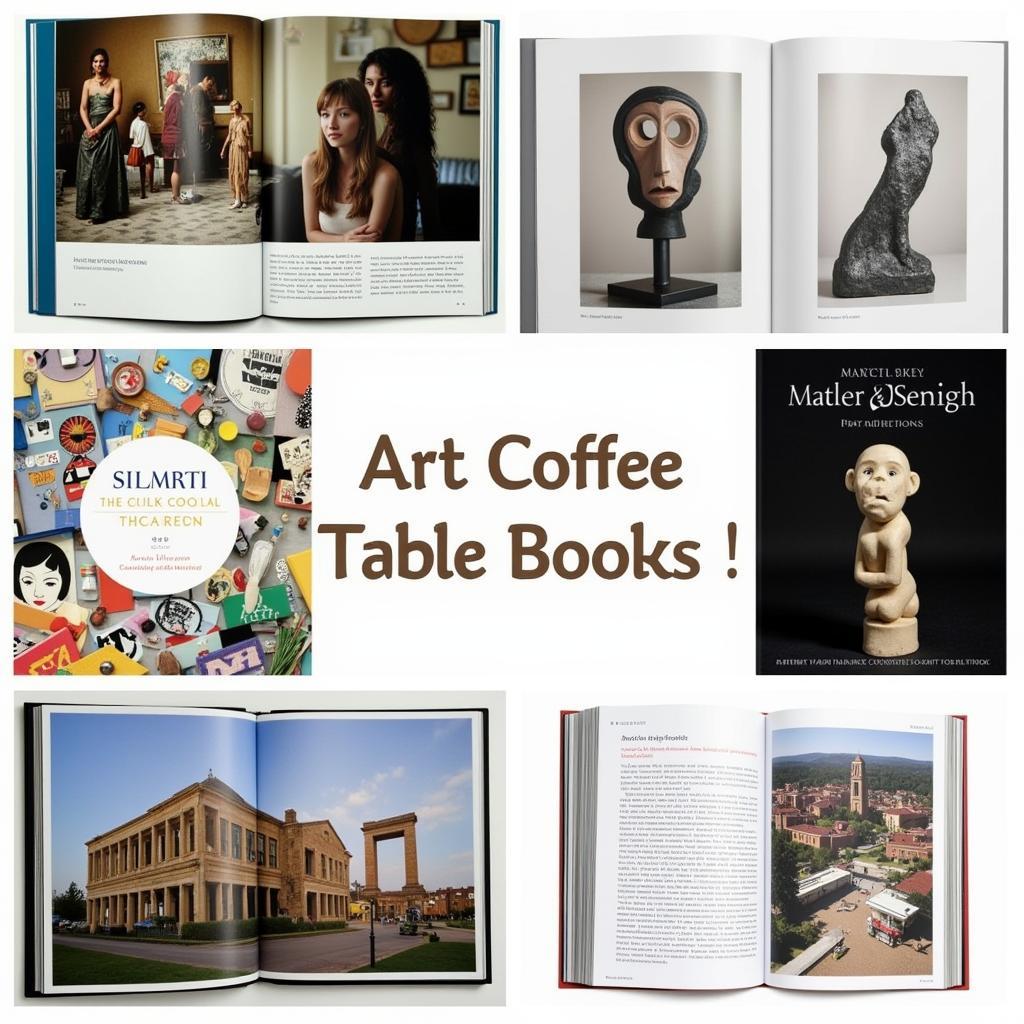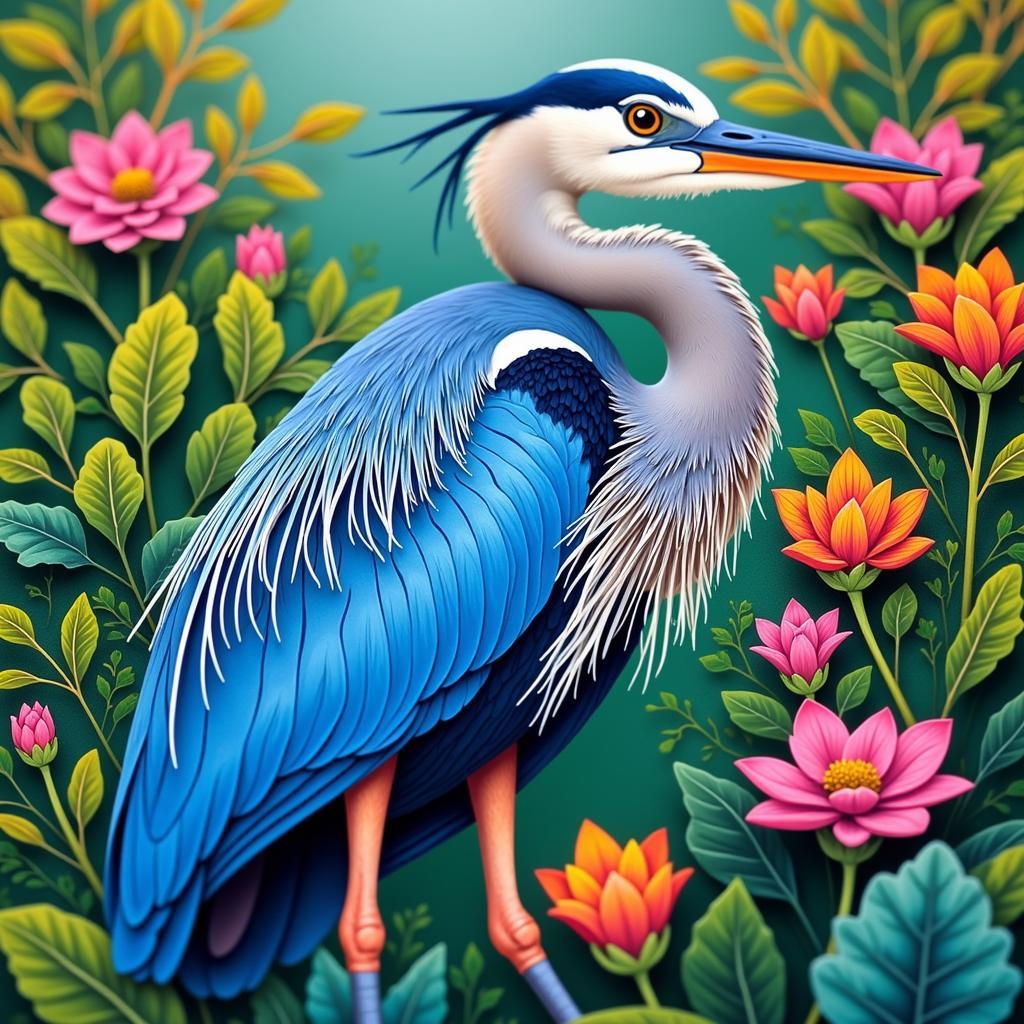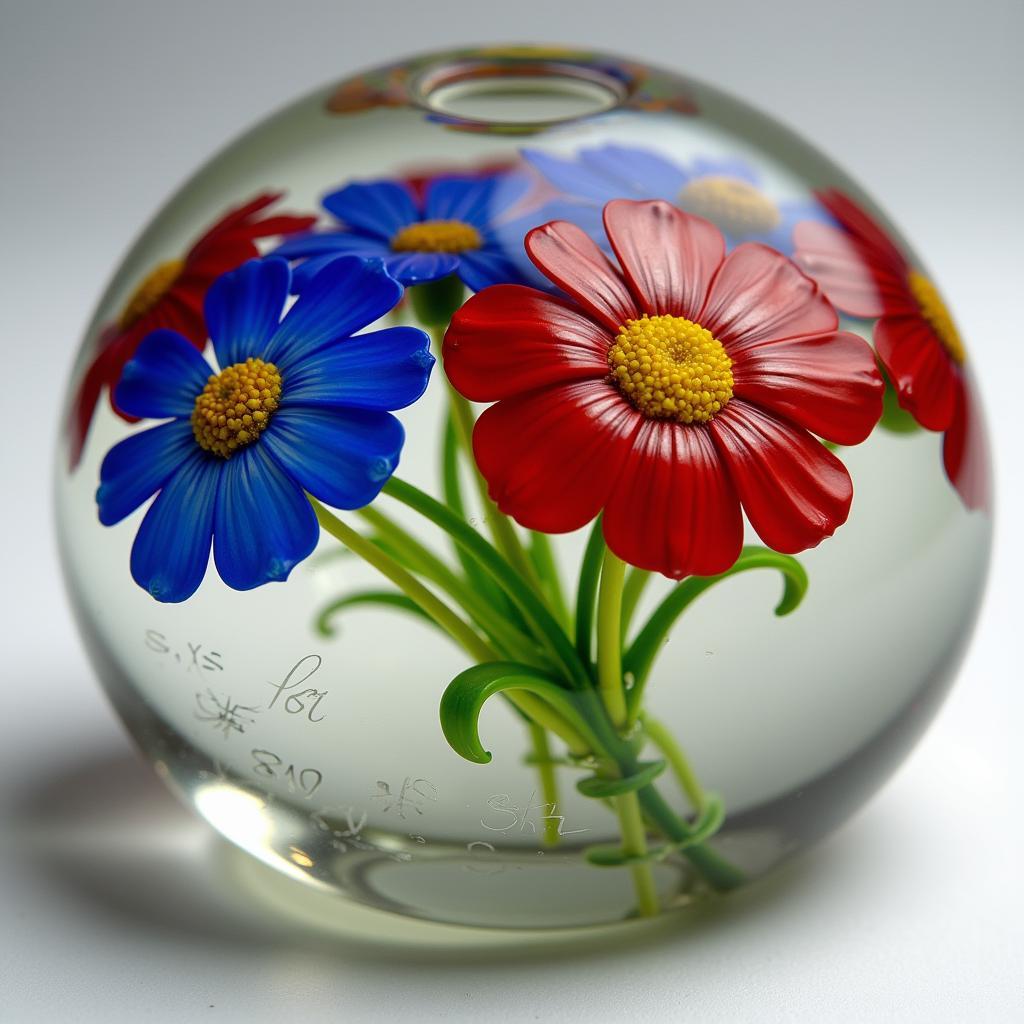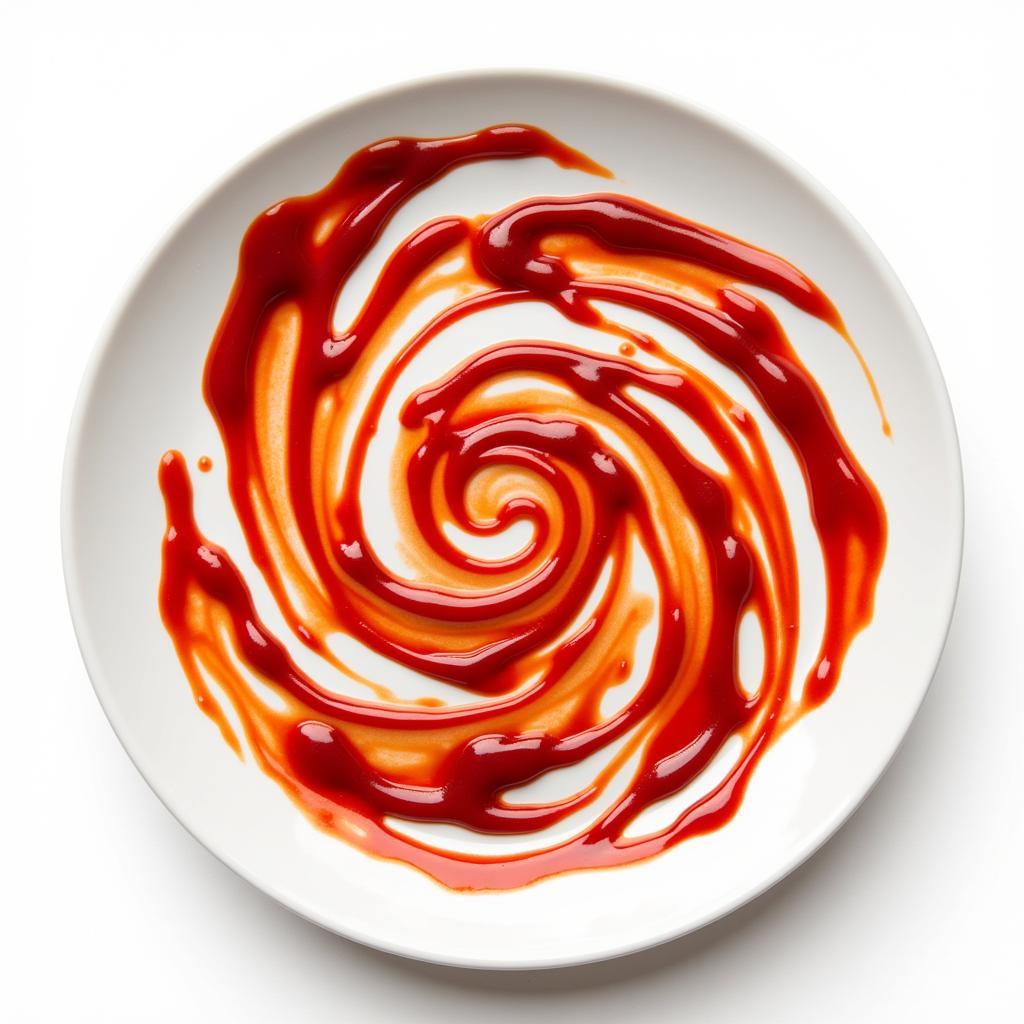Exploring the Vibrant World of Wixarika Art
Wixarika Art, also known as Huichol art, is a vibrant and intricate expression of the Huichol people’s rich cultural heritage and deep spiritual beliefs. Their art, primarily originating from the Sierra Madre mountains of western Mexico, is instantly recognizable for its dazzling use of beads, yarn paintings, and symbolic imagery. This captivating art form offers a unique window into a world where nature, spirituality, and artistic expression intertwine. Let’s delve deeper into the mesmerizing world of Wixarika art, exploring its origins, techniques, and the powerful stories it tells.
Unraveling the Symbolism in Wixarika Art
Wixarika art is more than just aesthetically pleasing; it’s a visual language rich in symbolism. Each piece tells a story, often relating to their mythology, rituals, and connection to nature. Deer, eagles, serpents, and peyote are recurring motifs, each carrying profound spiritual significance within their culture. The deer, for example, represents the spirit guide leading them on their spiritual journeys, while the eagle symbolizes the connection to the celestial realm. Understanding these symbols allows us to appreciate the depth and complexity of Wixarika art on a whole new level.
The intricate patterns and vibrant colors aren’t merely decorative; they are imbued with meaning, reflecting the Huichol people’s worldview and spiritual practices. The use of bright, contrasting colors is not just for visual impact but symbolizes the energy and vibrancy of the natural world, which they hold sacred.
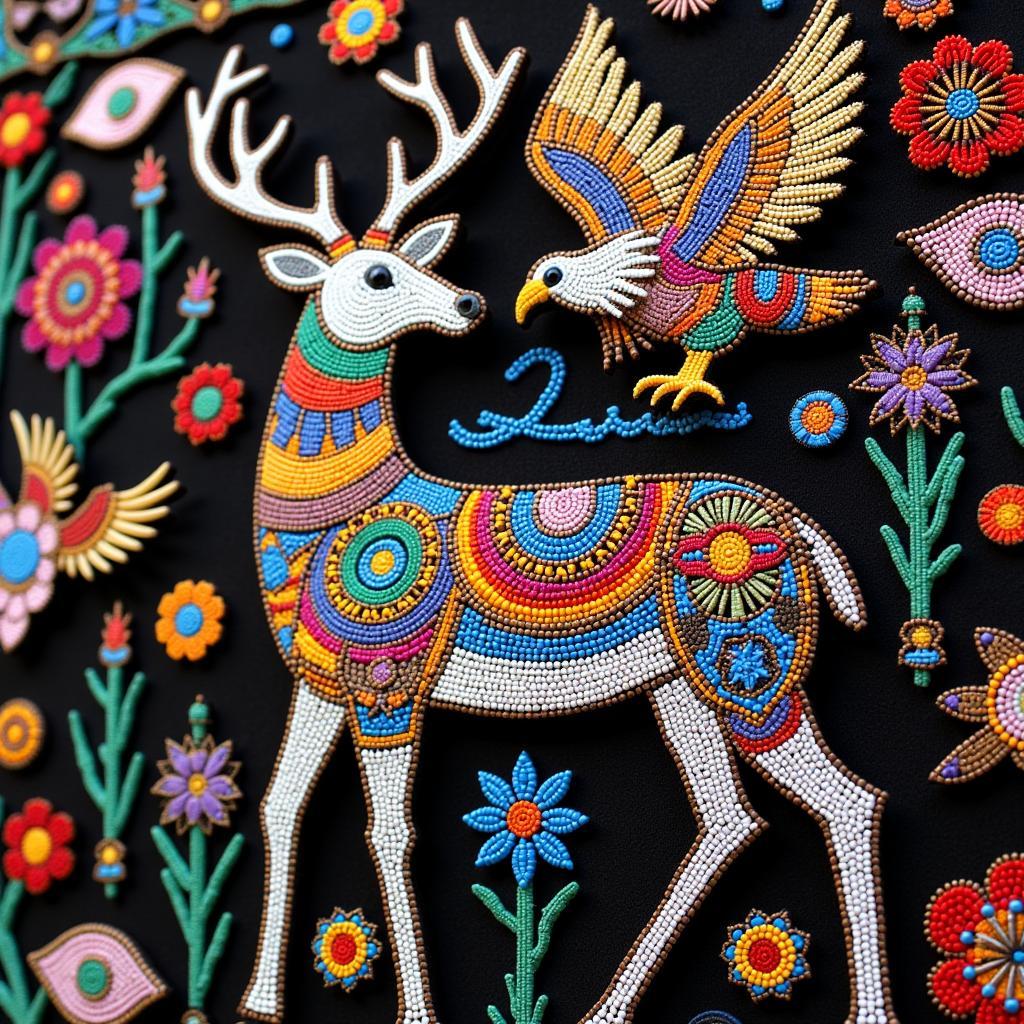 Wixarika beaded art depicting a deer and eagle
Wixarika beaded art depicting a deer and eagle
The Ancient Techniques of Wixarika Yarn Paintings and Beaded Art
Wixarika art encompasses various forms, with yarn paintings and beaded art being the most prominent. Yarn paintings, known as “nierika,” are created by pressing strands of yarn onto a board coated with beeswax, forming intricate designs. The process is meticulous and time-consuming, requiring immense patience and skill. Similarly, beaded art involves meticulously attaching tiny glass beads to a surface, often a gourd or wooden figure, creating stunning three-dimensional works.
The creation of these artworks is not simply a craft but a sacred act. Artists often enter a meditative state while working, connecting with their ancestors and the spiritual world. The materials themselves, from the yarn to the beads, are considered sacred, adding another layer of depth to the finished piece. This deep spiritual connection adds a unique and powerful dimension to Wixarika art.
What Makes Wixarika Art Unique?
What sets Wixarika art apart is its undeniable authenticity and the direct link to a living culture. It’s not merely an art form; it’s a living testament to the Huichol people’s enduring traditions and spiritual practices. Their art is not created for commercial purposes primarily but rather as an expression of their deep connection to their ancestors, deities, and the natural world.
Preserving Wixarika Art for Future Generations
As Wixarika art gains global recognition, it’s crucial to ensure its preservation and support the Huichol community. By purchasing authentic Wixarika art directly from Huichol artisans or reputable sources, we can contribute to their economic well-being and help them maintain their cultural heritage. It’s equally important to educate ourselves about the rich history and symbolism behind the art, appreciating its cultural significance rather than simply viewing it as a decorative object.
 Wixarika yarn painting depicting a peyote ceremony
Wixarika yarn painting depicting a peyote ceremony
Wixarika Art: A Bridge Between Worlds
Wixarika art serves as a bridge between the spiritual and physical realms, offering a glimpse into a culture deeply rooted in nature and tradition. It’s a vibrant tapestry of stories, symbols, and beliefs, woven together with intricate detail and breathtaking artistry. Exploring Wixarika art is an invitation to connect with a different way of seeing the world, appreciating the power of art to express the deepest aspects of human experience.
Conclusion
Wixarika art is a powerful expression of the Huichol people’s cultural heritage and spiritual beliefs. It offers a unique window into their worldview, their connection to nature, and the rich tapestry of their traditions. By understanding the symbolism and techniques behind their art, we can appreciate its profound beauty and contribute to its preservation for future generations. Supporting the Huichol artists and learning more about their culture allows us to connect with this vibrant art form on a deeper level, appreciating its significance beyond mere aesthetics.
FAQ
- What is the difference between Wixarika and Huichol? Wixarika is the name the Huichol people use for themselves, while Huichol is the more commonly known term in the outside world.
- What are the primary materials used in Wixarika art? Yarn, beads, beeswax, and various natural materials like wood and gourds are commonly used.
- What is the significance of the deer in Wixarika art? The deer represents a spiritual guide, leading the Huichol people on their journeys.
- How can I support Wixarika artists? Purchase authentic Wixarika art directly from Huichol artisans or reputable sources.
- Where can I learn more about Wixarika culture? Museums, cultural centers, and online resources dedicated to indigenous art and culture offer valuable insights.
- What is the role of peyote in Wixarika culture? Peyote is a sacred plant used in ceremonies and rituals, playing a central role in their spiritual practices.
- How are Wixarika yarn paintings made? Yarn is pressed onto a board coated with beeswax, creating intricate designs.
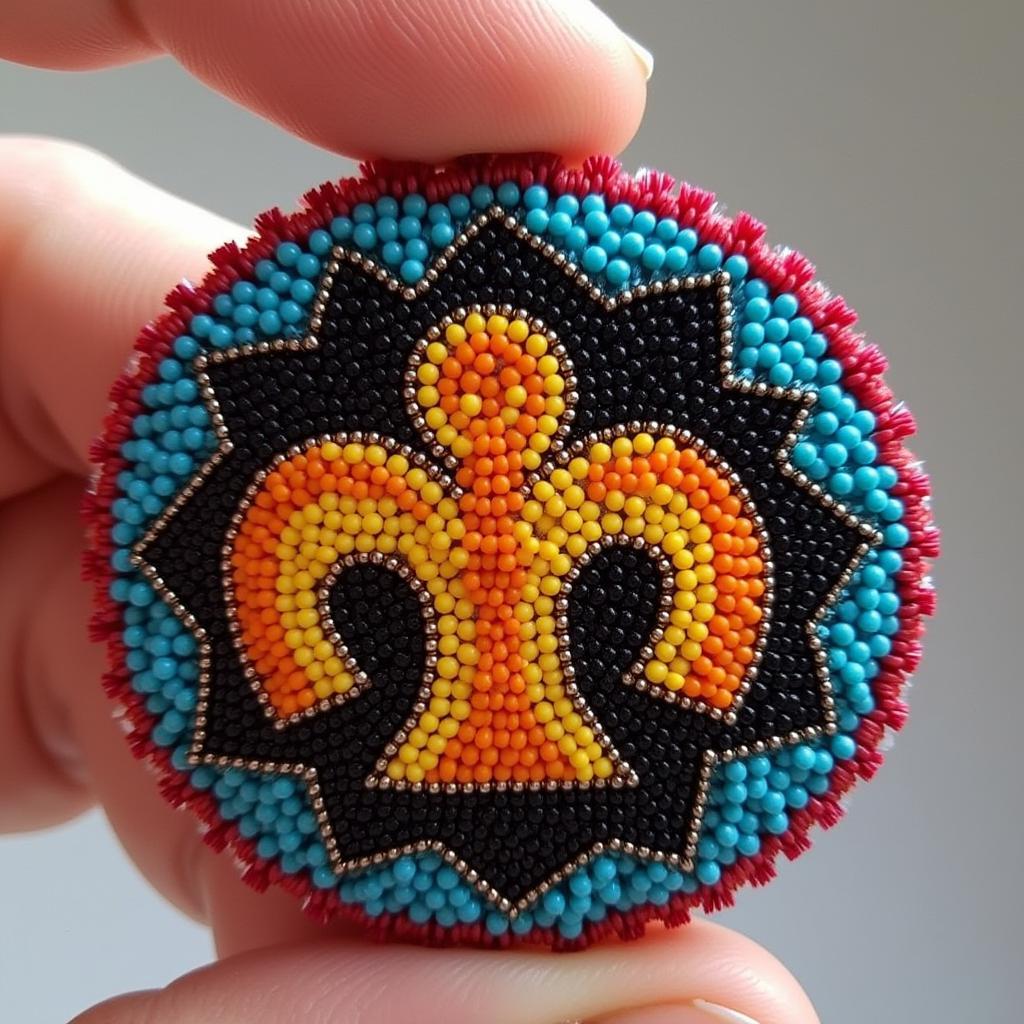 Wixarika beaded art with peyote symbols
Wixarika beaded art with peyote symbols
When you need support, please contact Phone number: 02462573573, Email: danteum@gmail.com Or visit us at: Savico Megamall, 7-9 Đ. Nguyễn Văn Linh, Gia Thụy, Long Biên, Hà Nội 10000, Việt Nam. We have a 24/7 customer support team.
